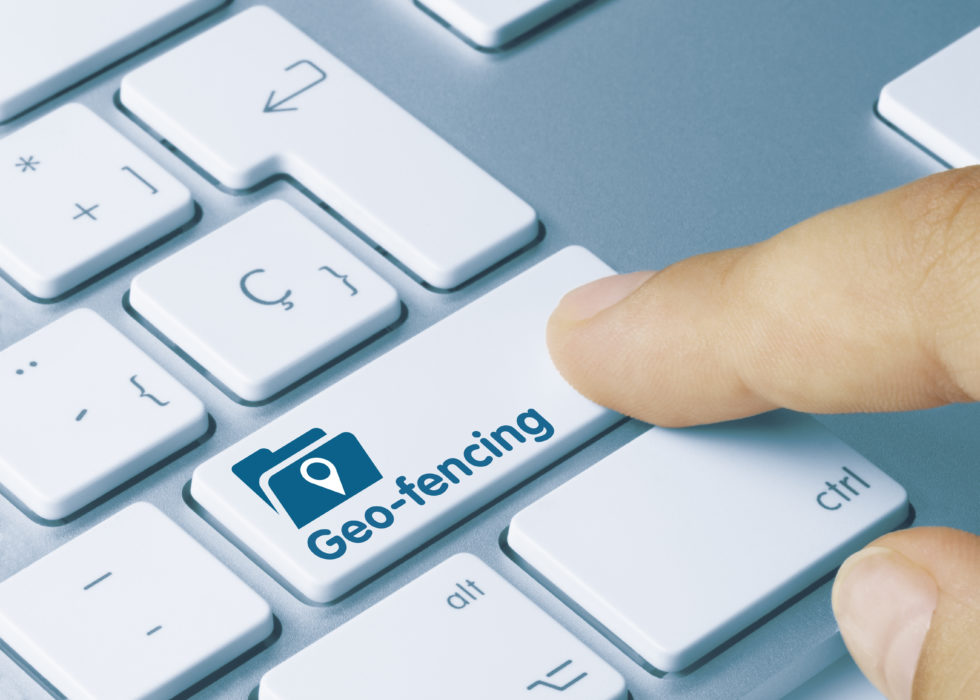- Blog
- Geofencing and The Future of Location Based Marketing By Adam Wilensky
Subscribe to our
email list
Stay updated on industry
news and ad tech insights

Canopy IQ Podcast
Welcome to the Canopy IQ Podcast. Tune in as expert voices and special guests from a wide range of disciplines help guide our understanding of the ways business intelligence, branding, machine learning and digital advertising are reshaping AgeTech in the 21st century.
Read More

Argentum 2023
Canopy founder Bobby Youngs will participate in Argentum’s “Speed to Lead is Key” HR Recruiting Panel on May 9th. More info coming soon!
Read More

The Senior Living Social Media Playbook
Take the guesswork out of your social media campaign strategy with this downloadable guide
Read More
Geofencing and The Future of Location Based Marketing By Adam Wilensky

Geofencing is a digital application used to deliver instantaneous, location-based hyper-targeting based on the identification and definition of geographic boundaries. A general use case follows three standard steps:
Step 1: Identify a geographical radius around the physical space you want to target. This space can be anything from a university, hospital, airport, retirement community to an apartment building. If it has platte (or property) lines, it can be mapped.
Step 2: ‘Build’ a digital Geofence or virtual set of coordinates around the target location. This location is now classified as a unique Conversion Zone.
Step 3: Potential customers with an identifiable mobile device who enter this Conversion Zone can now be targeted with a mobile, location-based ‘event’ or marketing program. In addition, these mobile devices can be temporarily reached once they depart your Conversion Zone.
Geofencing began to make inroads in the digital marketing space a mere five years ago. Since that time, Geofencing has rapidly become a ‘must have’ tactic due to its cost-effective ability to target prospects based on the physical space they inhabit at any given moment. The happy marriage of Geofencing and mobile advertising was the direct result of their near seamless integration via Demand Side Platforms (DSPs). The ability for an advertiser, large or small, to identify and reach a target audience via a mobile ad would not have scaled so rapidly without the ability to streamline the ad buying process in the first place. In combination with next generation analytics software, marketers now have a programmatic platform that can also process and analyze an unprecedented volume of contextually relevant data points.
While the ease of marketers to collect personal data will become more challenging due to major changes in consumer privacy rules and Apple’s upcoming iOS 14 update, Geofencing will remain a tried-and-true tactic for the foreseeable future, with the opportunity to become dominant in the post-pandemic landscape. In fact, Markets and Markets has predicted that location based technology will expand by a massive 27% by 2022.
Marketers like to measure attention spans to the millisecond. Emotional triggers. Deep connections. Unconscious bias. Current events. The social graph. Where do you start and ultimately where does the loop close? The synthesis of metric-based channel measurement has become the life blood of any effective digital marketing strategy. Knowing where a person is located and how long they spend in a particular place is now a critical component of effective analysis. Like it or not, our brains are hardwired to technology. We tend to think of kids and young adults as having a digital first mindset, and while that is accurate, older adults have increasingly become dependent on their mobile phones and computers to access the ‘outside’ world. Among senior citizens, this trend was already on the rise prior to the pandemic. Stay at home orders, extreme weather and reduced personal and professional travel have necessitated a further shift in attribution models. The ability to map and even predict consumer behavior based on geographic location and associated patterns has spurred a reevaluation of ad spend and how to implement truly personalized consumer experiences.
Effective location-based digital marketing and advertising campaigns require a combination of tactics. Geofencing alone won’t position a company to gain an advantage over their competitors. However, when combined with tried-and-true tactics such as Programmatic Display, Geofencing is powerful one-two combination. Geofencing’s basics are fairly straightforward, but rapid advancements in the space are enabling marketers to build a growing addressable audience of both existing consumers and desirable prospects.
Big isn’t always best.
Identifying and testing a relatively small Geofence can yield a treasure trove of information that can pave the way for larger, integrated campaigns. As we all know, marketers have to prove their assumptions are correct and the most typical avenue for validation is based on conversion rates.
Amplifying a brand’s voice can be a herculean task and those charged with achieving that objective know first-hand that it requires not only sophisticated digital tools, but a combination of ingenuity and creativity. Albert Bourla is the CEO of Pfizer. When asked how fast his company could produce a safe COVID-19 vaccine, his answer was succinct: “As fast as the speed of science.” Marketing and Sales Directors in the Senior Living space can likely relate to Mr. Bourla’s assessment. In a Senior Living scenario, occupancy rates and blue-sky investments have a lot riding on them, including the wellbeing of the staff who manage the occupants’ day to day needs as well as those of their families.
The saying “Think nationally, act locally.” is particularly relevant when it comes to Senior Living communities with facilities located throughout the U.S. Targeting a local audience with high-quality, curated messaging that is tailored towards a base of consumers located in an accurately identifiable geographic location is far more effective and compelling than turning on a garden hose of content and aiming it across a fragmented map.
The following tips can help you go a long way in developing an effective Geofencing strategy:
- Data collection is key. Prior to beginning a campaign, make sure to aggregate as much contextually relevant data as possible.
- Avoid a one size fits all mindset. Not everyone who wanders into a Geofence is a desirable prospect. Define your audience and then segment them (and then segment them again).
- There’s no substitute for creativity and ultimately knowing your audience. All of the technology in the world can’t fix a poorly crafted message.
In summary, Geofencing and data-driven location-based marketing are more critical than ever to ensure effective campaign budgeting and reaching High Potential Value customers. You can learn more about how to reach and optimize your audience at canopyadco.com.
Learn about High Potential Visitor tracking and the
Canopy advantage for your next Programmatic Display or
Geofencing campaigns.
Get in touch
Canopy advantage for your next Programmatic Display or
Geofencing campaigns.
Get in touch today (704) 396-5525







